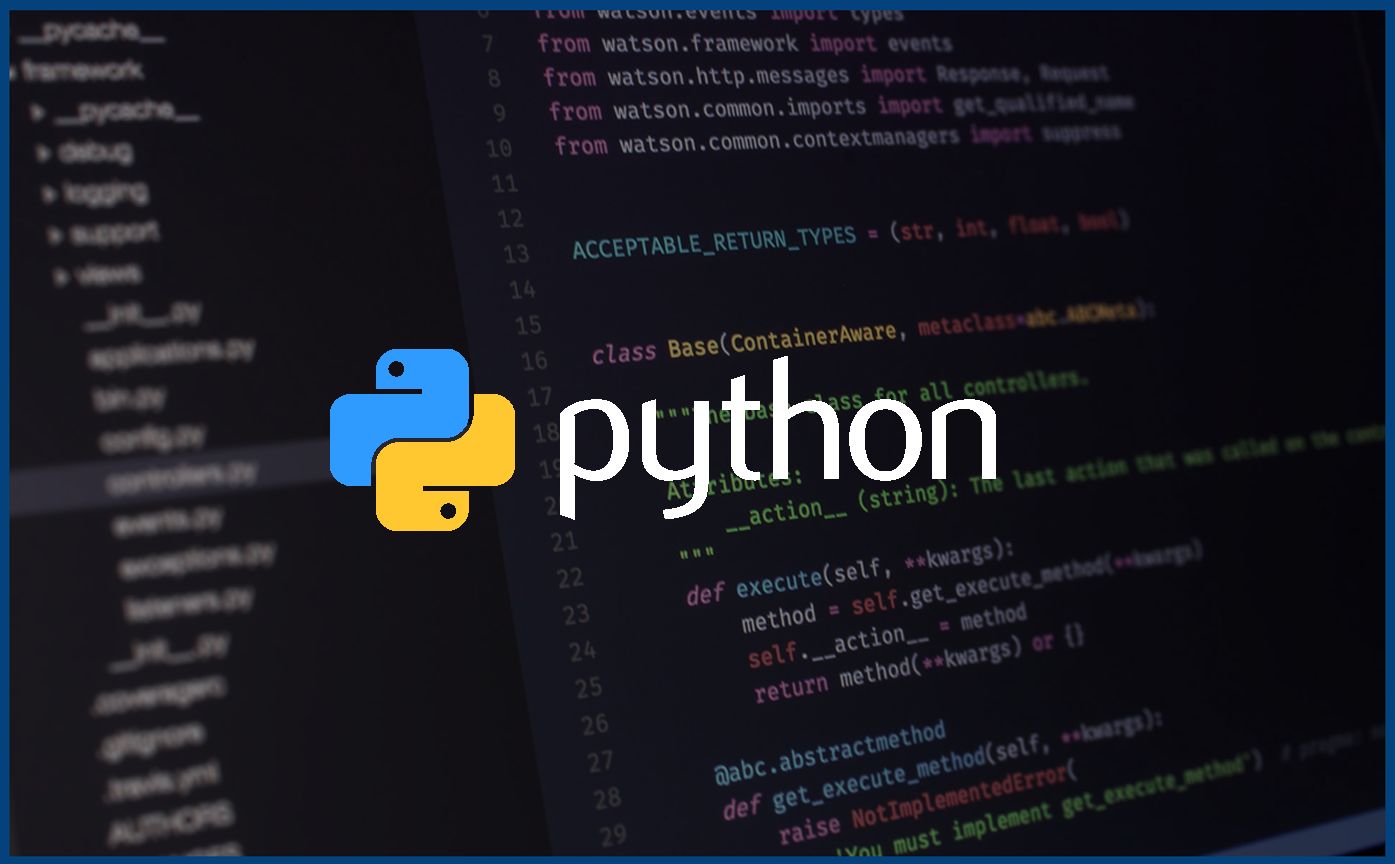Accurate data is necessary for any organization prioritizing data-driven, strategic, effective decision-making. Achieving data accuracy is often easier said than done. From data entry errors to outdated data management practices, there are numerous roadblocks that can hamper a business’s ability to leverage data effectively.
we’ll explore several strategies businesses can use to improve the accuracy of their data and drive better decision-making. By implementing these best practices, businesses can ensure that their data is reliable and actionable, leading to more successful outcomes.
Identifying the Root Causes of Data Inaccuracy
To improve data accuracy, businesses must first understand the root causes of data inaccuracy. Some common causes of data inaccuracy include human error, data entry errors, outdated or inconsistent data management practices, and poor data quality. Identifying these root causes is crucial to developing effective strategies for improving data accuracy.
One way to identify the root causes of data inaccuracy is to conduct a comprehensive data audit. This audit should involve a thorough review of all data sources and data management practices, as well as an assessment of the accuracy of the data itself. By analyzing this data, businesses can identify patterns and trends that may indicate the root causes of data inaccuracy.
Identifying the root causes of data inaccuracy is to involve stakeholders from across the organization in the data management process. This can include everyone from data entry personnel to C-suite executives. By gathering input from a diverse range of stakeholders, businesses can gain a better understanding of how data is being used and what factors may be contributing to inaccuracies.
Implementing Robust Data Entry and Management Practices:
Once the root causes of data inaccuracy have been identified, businesses can begin to implement robust data entry and management practices to improve data accuracy. One key strategy for improving data accuracy is to implement a data cleansing guide, such as the one provided by WinPure, as this guide outlines best practices for data cleansing and data management, including data validation, normalization, and deduplication.
improving data accuracy is to implement robust data entry processes. This can include the use of automated data entry tools to minimize the risk of human error, as well as the use of data validation tools to ensure that data is entered correctly. By implementing these processes, businesses can reduce the risk of data entry errors and improve the accuracy of their data.
Businesses should also focus on improving data management practices. This can include the use of data quality tools to identify and correct data inaccuracies, as well as the development of data governance policies to ensure that data is managed consistently and accurately across the organization.
Leveraging Automation to Improve Data Accuracy:
By implementing robust data entry and management practices, businesses can also leverage automation to improve data accuracy. Automated tools can help to minimize the risk of human error and improve the efficiency of data management processes.
One way to leverage automation for improved data accuracy is through the use of data validation tools. These tools can automatically check data for errors and inconsistencies, alerting users to potential inaccuracies and allowing them to correct any issues quickly. This can help to minimize the risk of data inaccuracies and improve the accuracy of data overall.
Leverage automation for improved data accuracy through the use of artificial intelligence (AI) and machine learning (ML) tools. These tools can help to identify patterns and trends in data, allowing businesses to more effectively identify potential inaccuracies and correct them before they become a problem. AI and ML tools can help to automate data cleansing and normalization processes, further improving the accuracy of data and reducing the risk of inaccuracies.
Regularly Auditing Data to Ensure Accuracy:
Even with robust data management practices and the use of automated tools, data accuracy can still deteriorate over time. It is essential to regularly audit data to ensure that it remains accurate and up-to-date. Auditing data involves reviewing and validating data to identify and correct any inaccuracies.
One way to audit data is to conduct periodic data quality assessments. These assessments involve reviewing a sample of data to identify any inaccuracies or inconsistencies. This can include reviewing data for completeness, accuracy, consistency, and timeliness. Once issues are identified, they can be corrected to improve the accuracy of the data.
Another way to audit data is to conduct regular data reconciliation processes. Reconciliation involves comparing data from different sources to identify any discrepancies. For example, businesses may reconcile financial data from different systems to ensure that they match. Any discrepancies that are identified can be investigated and corrected to improve the accuracy of the data.
In addition to periodic data quality assessments and data reconciliation processes, businesses should also establish ongoing monitoring processes to identify and correct data inaccuracies in real time. This can involve the use of data monitoring tools that automatically identify potential inaccuracies and alert users to take corrective action.
Building a Culture of Data Accuracy and Accountability:
Building a culture of data accuracy and accountability is a critical aspect of ensuring data accuracy. This involves creating a company-wide commitment to data accuracy and establishing processes for accountability when data inaccuracies occur.
One way to build a culture of data accuracy is to establish clear data quality standards and policies. These standards and policies should outline expectations for data accuracy and provide guidance on how to achieve and maintain accuracy. They should also establish processes for identifying and correcting data inaccuracies, as well as consequences for failing to meet data quality standards.
Another way to build a culture of data accuracy is to provide training and education on data management and accuracy. This can include training on data entry best practices, as well as education on the importance of data accuracy and how it impacts business objectives.
it is essential to establish accountability for data accuracy across the organization. This can involve assigning responsibility for data accuracy to specific individuals or teams, establishing metrics for measuring data accuracy and providing incentives for meeting data quality standards.
Conclusion
This article has outlined several strategies for improving data accuracy, including identifying the root causes of data inaccuracy, implementing robust data entry and management practices, leveraging automation to improve data accuracy, regularly auditing data to ensure accuracy, and building a culture of data accuracy and accountability.
































































